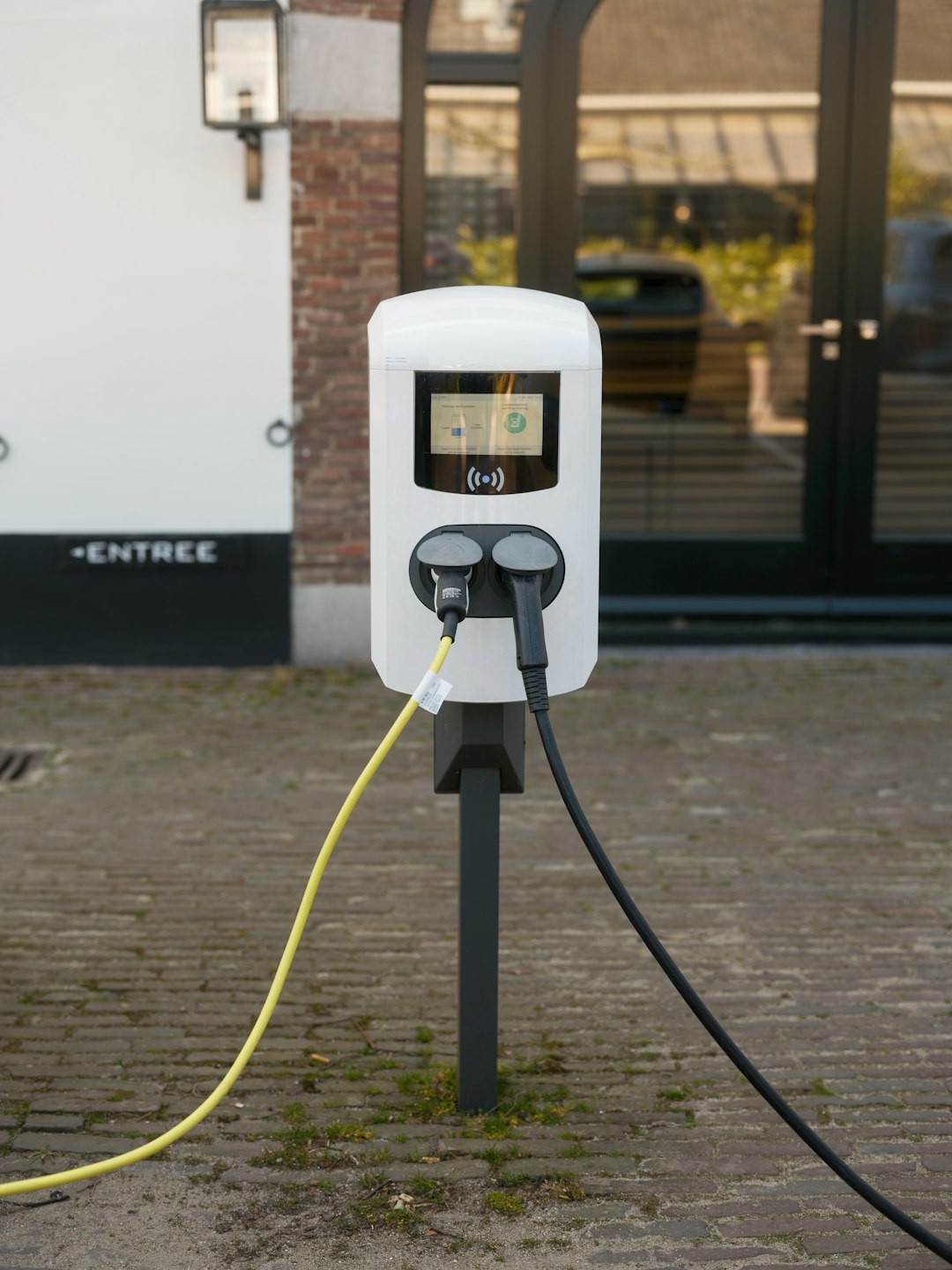2023 EV Innovations: Tesla vs BYD in Cost of Ownership Battle
In the rapidly evolving world of electric vehicles (EVs), two giants stand out in a compelling cost of ownership battle: Tesla and BYD. As of 2023, both companies have made significant strides in technological innovation and market expansion. According to BloombergNEF, global EV sales are projected to reach 14 million units by the end of the year, with Tesla and BYD accounting for a significant share of this growth. In this article, we’ll dive into the latest innovations from these industry leaders and explore how they influence the cost of ownership, helping you make an informed decision when considering your next EV purchase.
Understanding the Cost of Ownership in EVs
The Importance of Total Cost of Ownership (TCO)
When evaluating electric vehicles, it’s crucial to consider the total cost of ownership (TCO), which goes beyond the sticker price. TCO includes various factors such as:
- Initial Purchase Price: The upfront cost of the vehicle.
- Depreciation: How much value the car loses over time.
- Fuel Costs: Electricity costs versus traditional fuel.
- Maintenance and Repairs: Typically lower for EVs due to fewer moving parts.
- Insurance: Often varies based on the model and safety features.
Tesla’s Approach to Cost Efficiency
Tesla has long been a pioneer in the EV market, known for its cutting-edge technology and strong brand appeal. In 2023, Tesla continues to innovate with the introduction of their new battery technology, which promises increased energy density and reduced charging times. According to InsideEVs, Tesla’s Model 3 now offers a range of up to 358 miles on a single charge, further enhancing its appeal.
- Price Range: Tesla Model 3 starts at approximately $39,990.
- Supercharger Network: Vast and expanding, reducing long-term charging costs.
- Autopilot Features: Advanced driving aids that can potentially lower insurance premiums.
BYD’s Competitive Edge
BYD, a dominant player in the Chinese market, is expanding its footprint globally. Known for its affordable yet high-tech EVs, BYD is making waves with its Blade Battery technology, which enhances safety and extends battery life. As reported by Electrek, BYD’s Han EV offers a range of around 376 miles, positioning it as a strong competitor to Tesla.
- Price Range: BYD Han EV starts at approximately $32,800.
- Warranty and Maintenance: Competitive warranty packages and low maintenance costs.
- Global Expansion: Aggressive international sales strategy, making BYD more accessible worldwide.
Comparing Tesla and BYD: Which Offers Better Value?
Range and Charging Infrastructure
- Tesla: Leading the charge with a robust Supercharger network, Tesla ensures quick and efficient charging, crucial for long-distance travelers.
- BYD: While still expanding its charging infrastructure, BYD leverages partnerships to enhance accessibility and convenience for users.
Battery Technology and Longevity
- Tesla: Known for its efficient battery management and longevity, Tesla’s latest batteries promise reduced degradation over time.
- BYD: The Blade Battery is a game-changer in safety and longevity, potentially reducing long-term ownership costs.
Innovation and Technology
- Tesla: Continues to lead with features like Full Self-Driving (FSD) and over-the-air software updates, keeping vehicles optimized and up to date.
- BYD: Focuses on integrating smart technologies and connectivity, offering a seamless driving experience at a lower price point.
Practical Tips for Choosing Your EV in 2023
Choosing the right EV involves assessing your personal needs and preferences:
- Budget: Determine your budget, factoring in potential government incentives and tax credits.
- Driving Habits: Consider your typical driving range and access to charging infrastructure.
- Technological Features: Evaluate the technology and features that are most important to you, such as autonomous driving capabilities or in-car infotainment.
- Brand Preference: Consider brand reputation, customer service, and resale value.
Conclusion: The Future of EV Ownership
In the 2023 EV landscape, both Tesla and BYD offer compelling options for potential buyers. Tesla brings unmatched technology and a comprehensive charging network, while BYD provides affordable, innovative solutions with impressive battery safety features. As the EV market continues to grow, keeping an eye on these industry leaders will be essential for anyone considering an electric vehicle.
Ultimately, choosing between Tesla and BYD comes down to personal priorities—whether it’s cutting-edge technology or cost-effectiveness. As you navigate this exciting market, remember that the future of mobility is electric, and each choice contributes to a more sustainable world. Which side of the Tesla vs BYD battle do you resonate with, and how will it shape your driving future? Share your thoughts and join the conversation about the future of electric vehicles!

